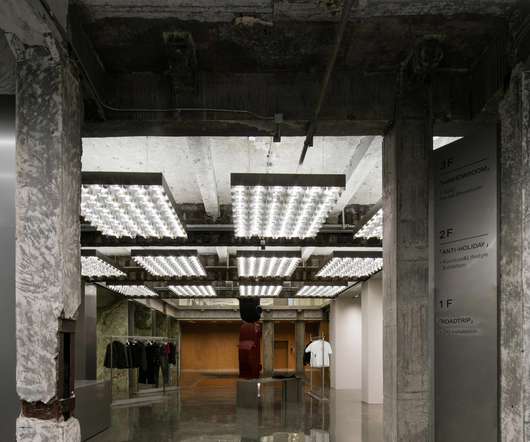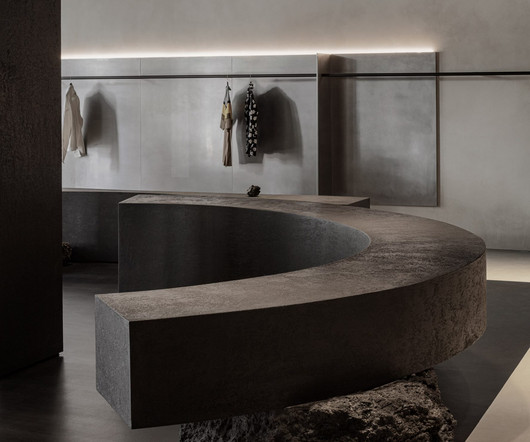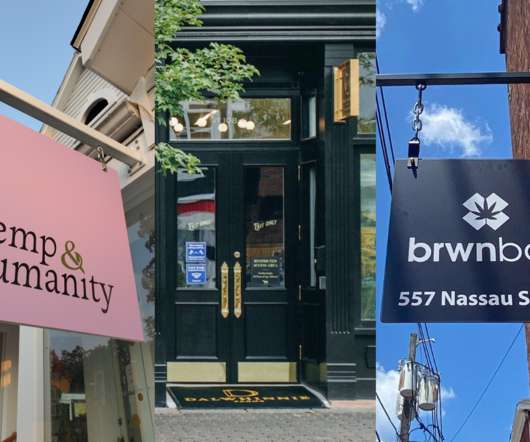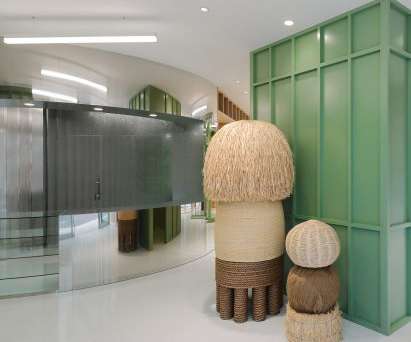Reflecting pool centres XC273 fashion boutique in former Shanghai towel factory
Dezeen
OCTOBER 26, 2022
Dongqi Design has turned a former factory into a fashion boutique. The building is organised around three voids, which now form the basis of the store's circulation routes. This approach is replicated across the store's display fixtures to create a sense of spatial continuity. The photography is by Raitt Liu.












Let's personalize your content